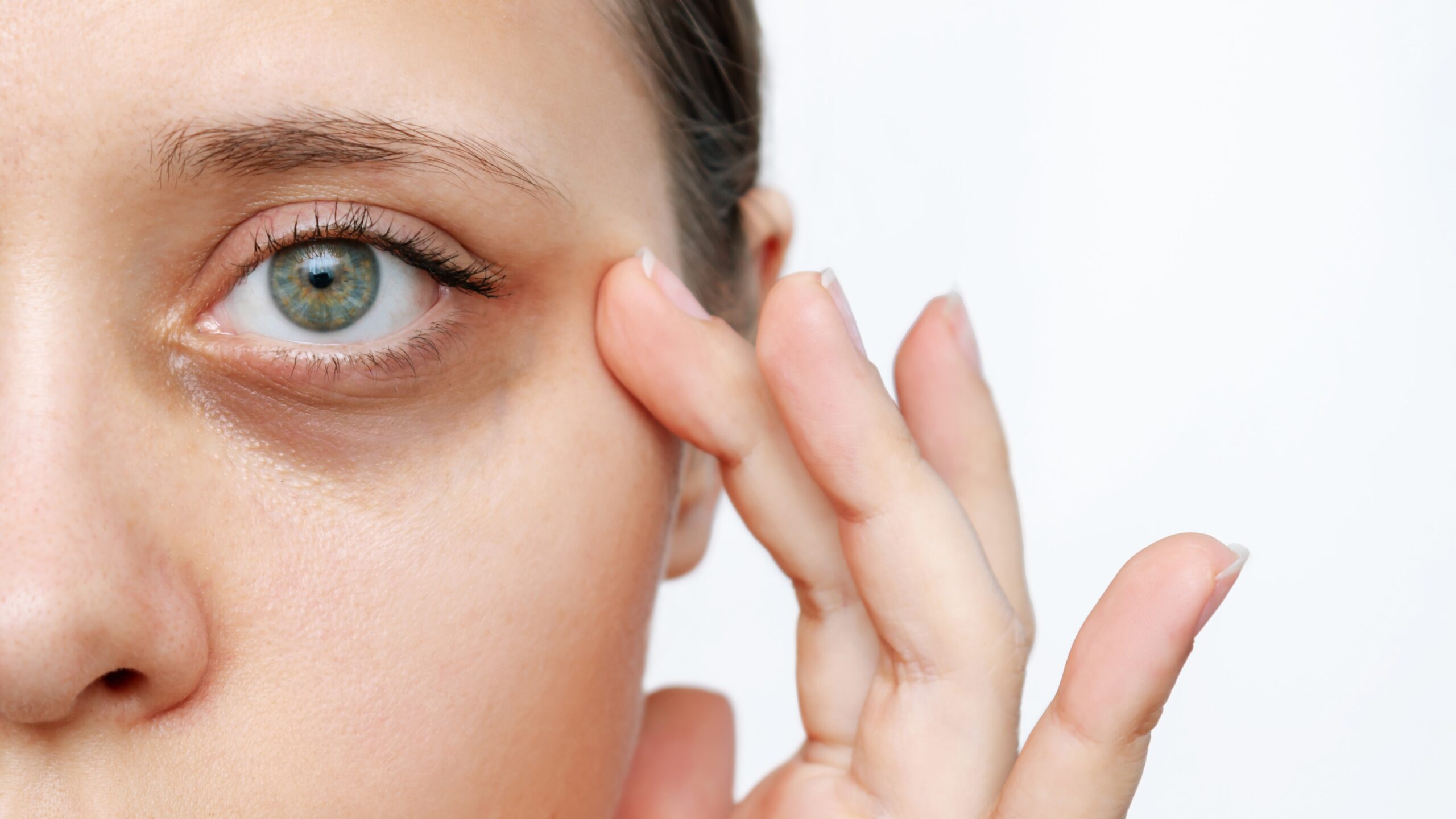Asthma
Under-eye dark circles are a common cosmetic concern and can be caused by various factors. While they are usually not a medical concern, they can make you look tired or aged. Here are some common causes and strategies for addressing under-eye dark circles:

In asthma the bronchial tubes narrow and this makes it more difficult to breathe. Symptoms that occur in asthma are chest tightness, coughing, wheezy breathing and shortness of breath. These symptoms may simply occur when the body has to work harder – such as on walking quickly, going upstairs or running. House dust may provoke an asthma attack if there is a history of allergy as may exposure to cat, dog or horse hair. People who suffer from hay fever may find that they get asthma-like symptoms too. It is helpful to find out if the asthma is caused by an allergy as this can offer some direction that treatment with homeopathy may pursue. Asthma patients may have a personal or family history of hay fever and/or eczema, as these conditions tend to exist together.
Causes:
- Genetics: Dark circles can run in families, so if your parents have them, you may be more prone to them.
Thin Skin: The skin around the eyes is thinner than the rest of the face, making blood vessels and underlying structures more visible, leading to a darker appearance. - Aging: As you age, the skin loses collagen and becomes even thinner, making dark circles more noticeable.
- Allergies: Allergic reactions can cause under-eye puffiness and dark circles due to inflammation and dilation of blood vessels.
- Sleep Deprivation: Lack of sleep can cause blood vessels to dilate and become more visible, leading to dark circles.
- Sun Exposure: Excessive sun exposure can increase pigmentation under the eyes.
- Dehydration: Not drinking enough water can make the skin under the eyes appear sunken and darker.
- Iron Deficiency: Anemia or iron deficiency can lead to paleness of the skin, making blood vessels more visible.
Strategies for Treating Under-Eye Dark Circles:
- Skincare:
- Use a gentle, hydrating eye cream with ingredients like hyaluronic acid, vitamin C, and peptides.
- Apply sunscreen to protect the delicate skin around your eyes from UV damage.
- Topical Treatments:
- Look for eye creams or serums containing ingredients like retinol, niacinamide, vitamin K, or caffeine, which can help reduce puffiness and improve skin tone.
- Lifestyle Changes:
- Get enough sleep (7-9 hours per night) to minimize the appearance of dark circles caused by fatigue.
- Manage allergies with antihistamines or allergen avoidance.
- Stay hydrated by drinking plenty of water.
- Diet and Supplements:
- Eat a balanced diet rich in vitamins and minerals, particularly vitamin C, vitamin K, and iron.
- Consider iron supplements if you have a diagnosed iron deficiency.
- Cosmetic Procedures:
- If dark circles are severe or persistent, cosmetic procedures like dermal fillers (to plump the area), chemical peels, or laser therapy may be an option. Consult a dermatologist or cosmetic surgeon for guidance.
- Makeup:
- Use makeup techniques to conceal dark circles temporarily. Apply a concealer that matches your skin tone and has good coverage.
Remember that results may vary depending on the cause of your dark circles and your individual skin type. It’s a good idea to consult with a dermatologist or healthcare professional to determine the best approach for your specific situation and to rule out any underlying medical conditions contributing to the dark circles.
